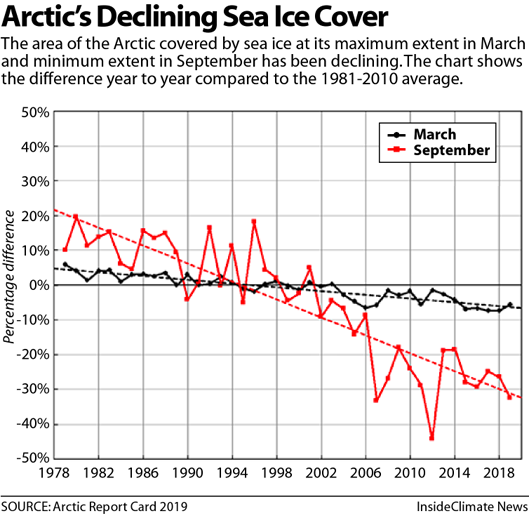

Primary productivity is strongly dependent upon light availability and the presence of nutrients, and thus is highly seasonal in the Arctic. Consequently, primary production provides a key ecosystem service by providing energy to the entire food web in the oceans.

Through photosynthesis, all of these autotrophs transform dissolved inorganic carbon into organic material. Recent projections indicate that range expansions of non-polar, boreal kelps are likely, while endemic Arctic species may become much more limited in distribution as water temperatures increase (Goldsmit et al. During May 2021, a ~1700 km long region from the Greenland Sea in the west to the eastern boundary of the Barents Sea showed much lower (10-20%) chlorophyll- a concentrations compared with the same month of the multiyear average (2003-20), likely associated with cooler than average sea surface temperatures.Īutotrophic single-celled algae living in sea ice (ice algae) and the water column (phytoplankton) are the main primary producers in the Arctic Ocean, although there is also increased scientific interest in the role of marine macroalgae in the Arctic (e.g., kelp forests Filbee-Dexter et al.All regions continue to exhibit positive trends over the 2003-21 period, with the strongest trends in the Eurasian Arctic and Barents Sea.Satellite estimates of ocean primary productivity (i.e., the rate at which marine algae transform dissolved inorganic carbon into organic material) showed higher values for 2021 (relative to the 2003-20 mean) for seven of the nine regions investigated across the Arctic.Stock 2ġGraduate School of Geography, Clark University, Worcester, MA, USAĢCryospheric Sciences Laboratory, Goddard Space Flight Center, NASA, Greenbelt, MD, USAģChesapeake Biological Laboratory, University of Maryland Center for Environmental Science, Solomons, MD, USA Highlights


 0 kommentar(er)
0 kommentar(er)
